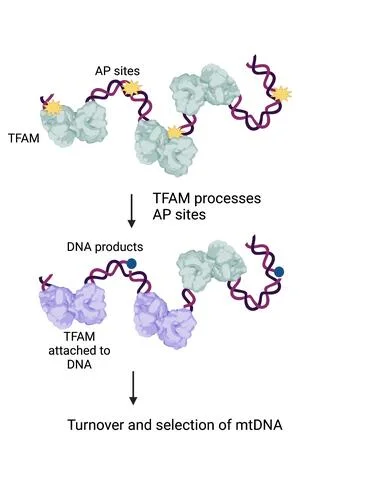This discussion includes the size of the blue whale and how they came to be the biggest animals on the planet. The blue whale is actually the largest animal to ever exist in terms of both size and weight, as they can grow up to 100 feet long and weigh up to 190 metric tons. This trend only started occurring relatively recently, only starting about five to ten million years ago. A team from the State University of Campinas in Brazil led by biologist Mariana Nery set out to discover the reasons for the massive growth that the blue whale endured.
To understand the genetic reasons behind the growth, they compared the DNA of nine different genes across 19 species of whales. When studying genes related to body size, they found evidence of positive natural selection in four genes, some of which are associated with growth hormones and insulin pathways. One unexpected result of this study was discovering that the EGF gene, which stands for epidermal growth factor, turned nonfunctional over time. Despite their enormous size, whales do not seem to suffer from the increased cancer risk that usually comes with having more cells. The study suggests that looking into whale genetics might help identify genes that could possibly slow down the spread of cancer in humans as well.









